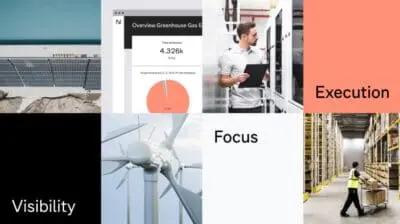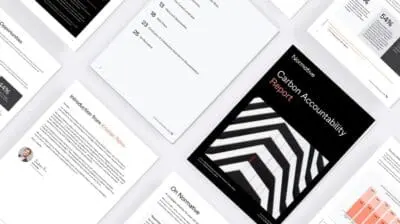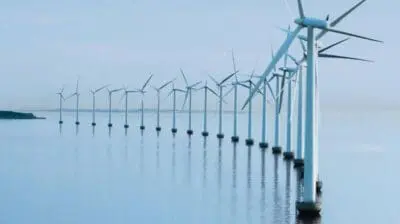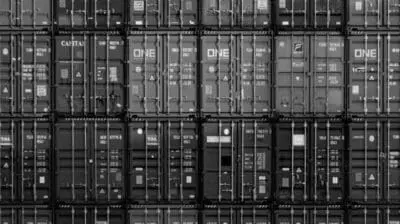After 50 years of climate action, here are the next steps

What businesses can do to seize new opportunities and meet climate targets.
The United Nations Conference on the Human Environment took place in Stockholm in 1972. In many ways, it was the starting point for globally coordinated environmental action, resulting in the creation of the United Nations Environment Programme (UNEP) and paving the way for subsequent international climate agreements.
The Stockholm +50 conference, on June 2-3, marks 50 years of climate action. What are the next steps – and what can businesses do to stay ahead of the curve?
Climate progress: where are we now?
The 2016 Paris Agreement set out the goal of limiting global warming to less than 1.5°C above pre-industrial level. To meet these targets, scientists have shown that emissions must be cut in half every decade and reach net zero by 2050.
How are we progressing on these goals? The latest IPCC report showed that total net GHG emissions continued to rise from 2010 to 2019, and the average annual GHG emissions during that period were higher than in any previous decade. Should we continue along this trajectory, we will have maxed out the planetary carbon budget that allows us to stay below 1.5°C at the end of this decade.
The good news, however, is that we have it in our own hands to make the necessary change happen. The private sector is responsible for the majority of global GHG emissions. This means that large enterprises with their enormous value chains can lead the charge in the race towards net zero emission, with the right tools and resources at their side.
In addition, we are starting to see momentum building in the public sector, too. In the US, the SEC recently unveiled a proposal that would require publicly traded companies to disclose their greenhouse gas emissions. In the EU, the Corporate Sustainability Reporting Directive (CSRD) will come into effect next year, expanding both the number of companies that need to report as well as the reporting requirements.
But it’s not only regulatory requirements. Investors, customers, and potential employees are increasingly concerned about companies’ records on climate change:
- Investors will pay a 10% premium for a company with a positive ESG record.[McKinsey]
- 77% of consumers say it’s at least moderately important that brands are sustainable and environmentally responsible.[IBM]
- 2 in 3 employees are more likely to work for a company with strong environmental policies.[Unily/Censuswide]
What does this mean for businesses?
For many companies, over 90% of GHG emissions are in their value chain – so-called scope 3 emissions. Scope 3 emissions are not directly produced by the company but nevertheless happen as a result of its business activities. This includes emissions in the supply chain as well as downstream emissions from product use and disposal.
The recent IPCC report highlights the need for “coordinated action throughout value chains.” However, value chain emissions are notoriously difficult to calculate. Doing so requires collecting data from a range of different sources, including your suppliers. Without the right tools and resources, this can easily become an overwhelming task, especially for large enterprises with complex value chains.
For this reason, many enterprises do not account for their scope 3 emissions. Of those that do, most only account for a small part of the total. Without accurate and complete scope 3 data, companies could risk unintentionally greenwashing by under-reporting their true emissions or taking insufficient reduction action. This is especially so given that the EU’s CSRD will soon for the first time make scope 3 emissions reporting mandatory.
To calculate and reduce scope 3 emissions, we as businesses need to engage our value chains. Start by asking your suppliers if they are tracking their emissions and whether they have set carbon reduction targets. Suppliers can vary significantly in terms of how far they’ve come in their sustainability work. In many cases, the best starting point will be to communicate that carbon reduction is important to your business and for your procurement strategy. Next, you can provide your suppliers with further information and tools to help them take the first step. Value chain engagement can be challenging but Normative has produced a practical step-by-step guide to help you get started.
The time for action is now
The climate will not wait: the time for action is now. After 50 years of climate action, we have made some progress, but we have not come far enough. We know that in the end, what gets measured gets managed. In order to comply with current regulations and reach climate targets, it is time to make sure your business is on track for net zero emissions.
Start your journey to net zero
Normative helps your company define a Paris Agreement-aligned path to net zero emissions, and guides you along the entire path there: from calculation, to reduction, to carbon removal.










